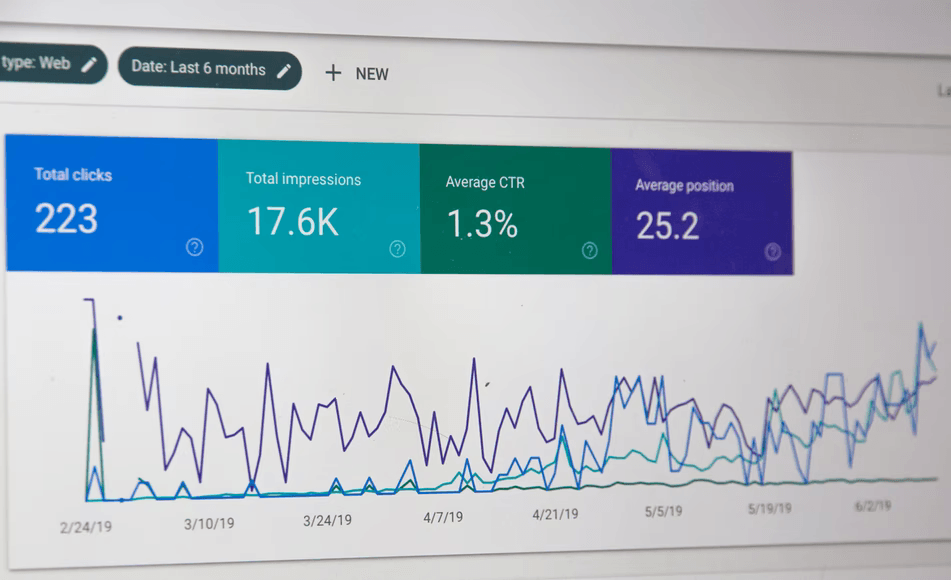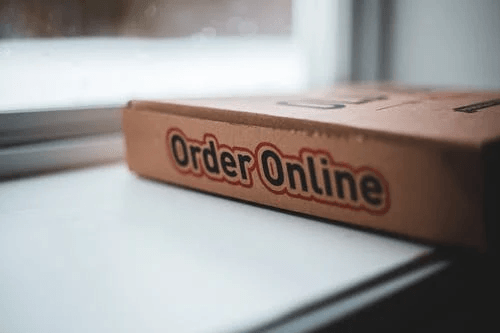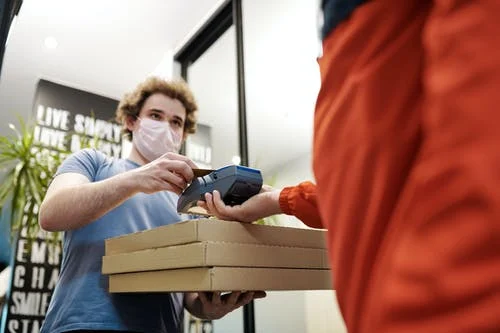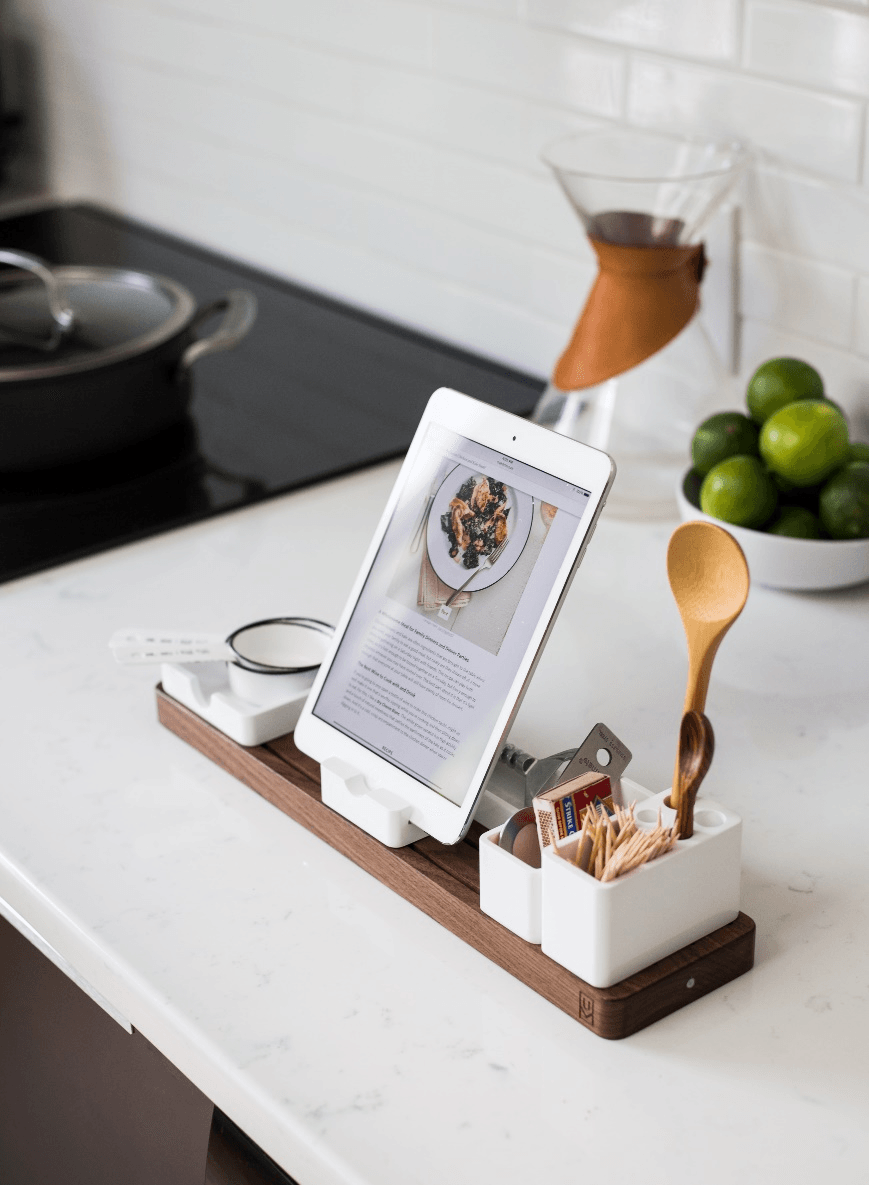System Integrations for a Responsive Online Food Website
This is a subtitle for your new post

With the abundance of delivery and online food ordering services available now, there’s never been a better time to start your own online food business. However, building a responsive online food website is no easy task.
There are many elements to take into consideration, including e-commerce capabilities and an attractive design. At the center of it all are the backend systems that power the operations. The backend systems rely heavily on various system integrations in order to make all of the pieces work together seamlessly for the user.
Are you wondering how small food operators have such responsive websites? The answer is straightforward; they use modern website technology. The software that these companies use integrates certain systems and APIs for enhanced responsiveness.
Let’s look at some of these system integration options, their features, and how they can help you build a responsive website:
1. Google Analytics
Integrating your online food business with Google Analytics is a great way to track your website's traffic, conversion rates, and customer demographics.
By combining your food business with Google Analytics, you can gain insight into customer behaviours. You can also improve the overall quality of your website by fine-tuning certain aspects. For example, if you're selling a wide range of products, creating separate landing pages for each product line is a good idea.
2. Facebook Pixel
When you're creating a new online ordering food website for restaurants, it's likely that you'll want to include social media integration options. This allows you to connect with your existing audience and attract new people as well. An easy way to do that is by using one of the many Facebook Pixel tools that have recently become available.
Pixel technology relies on analysing your website's traffic and then sending a message to Facebook to collect information about user behaviour. The message is then logged and stored and can be used for existing or future campaigns.
When you create a Pixel campaign, you'll want to choose a specific landing page or pages where this system integrates best with your site. This will automatically send visitors there, allowing them to complete their purchase and potentially share their experience on your site.
3. Google Maps
There are many aspects of your website that can affect how the public perceives it, including navigation, architecture, format, and design. However, the most important aspect of a website's structure is its navigation. For an online ordering food business, it's crucial to pinpoint exactly where a customer lives and works.
With Google Maps integration, you can also create clickable pins on your website that let customers know when and where the nearest places selling your product are located.
This is where users access your site, so it has to be clear and intuitive. If it isn't, they'll bounce off your site, or worse, they'll get stuck in an infinite loop of clicks while trying to figure out where they are.
System integrations are a major part of what makes an e-commerce website responsive. If you’re looking to create an affordable online ordering custom platform or need assistance with your online food order management on your website, you’ve reached the right place!
Contact Online Food Orders today and enjoy commission-free ordering system with multiple website features and system integration options.











